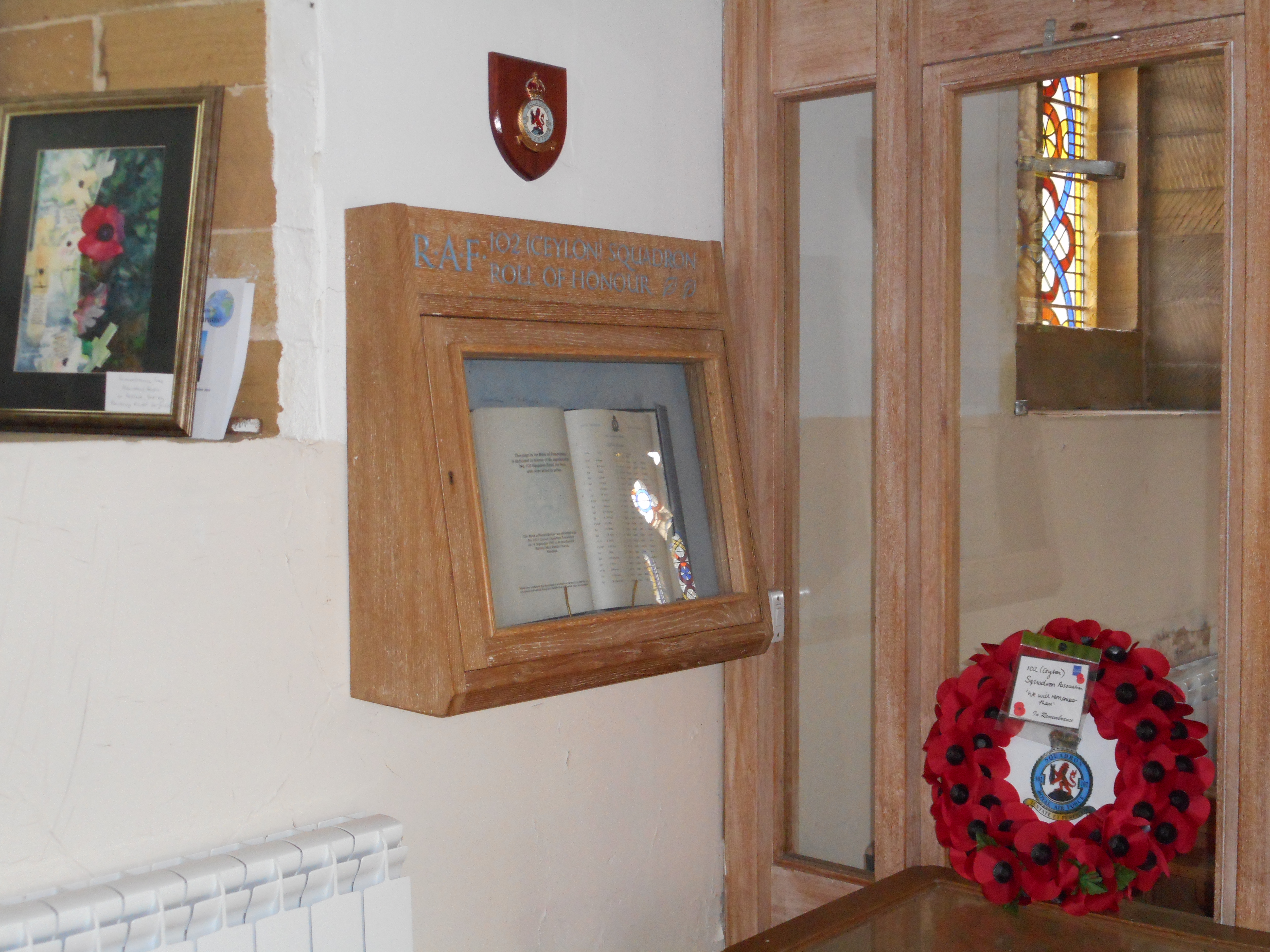Trehearn, John Frederick Alfred
Personal Information
| Rank | Sgt |
| Forename(s) | John Frederick Alfred |
| Surname | Trehearn |
| Gender | M |
| Age | 21 |
| Date of Death | 30-07-1943 |
| Next of Kin | Son of John Griffiths Trehearn and Marion Alice Trehearn, of Durban, Natal, South Africa. |
Aircraft Information
| Aircraft | Handley Page Halifax II |
| Serial Number | W7883 |
| Markings | DY-R |
Memorial Information
| Burial/Memorial Country | Germany |
| Burial/Memorial Place | Hamburg Cemetery |
| Grave Reference | 4A. A. 3. |
| Epitaph | AT THE GOING DOWN OF THE SUN AND IN THE MORNING WE WILL REMEMBER THEM R.I.P. |
IBCC Memorial Information
| Phase | 2 |
| Panel Number | 255 |
Enlistment Information
| Service Number | 1267812 |
| Service | Royal Air Force Volunteer Reserve |
| Group | 4 |
| Squadron | 102 (Ceylon) |
| Squadron Motto | Tenate et perficite (Attempt and achieve) |
| Trade | Air Gunner |
| Country of Origin | South Africa |
Other Memorials
| Location | St. Catherine's Church Barmby Moor, East Yorkshire |
| Country | United Kingdom |
| Memorial Type | Roll of Honour in wall mounted wooden case, Sqn Badge above |
| Memorial Text | 102 (Ceylon) Sqn Roll of Honour and Sqn badge |
| Location | Pocklington Gliding Club, Pocklington Airfield, Easy Yorkshire |
| Country | United Kingdom |
| Memorial Type | Stylised Memorial with inscribed metal plaque |
| Memorial Text | Memorial to 102 (Ceylon) Sqn RAF and 405 (Vancouver) Sqn RCAF which served at RAF Pocklington during WW2 |
Miscellaneous Information
| Although this aircraft was a veteran, having been first delivered in October 1942, it has undergone two lengthy repairs and so had only amassed 205 flying hours |
Commonwealth War Graves Commission
The National Archives
| Record of Events (Operational Record Book) AIR 27/809/14 |
| Summary of Events (Operational Record Book) AIR 27/809/13 |
Fellow Servicemen
Please note that this list gives all the losses aboard the quoted aircraft and occasionally these may have occurred on an earlier date when the aircraft was not itself lost. Please check the dates of death carefully.
Last Operation Information
| Start Date | 29-07-1943 |
| End Date | 30-07-1943 |
| Takeoff Station | Pocklington |
| Day/Night Raid | Night (4% moon) |
| Operation | Hamburg. 787 aircraft, 17 losses (2.2%). For the second consecutive raid, Brig. Gen. Anderson, the commander of the American 8th Air Force, flew as an observer on this operation. PFF used H2S to mark the target but were approximately 3km east of the centre of the city but was at least concentrated, leading to concentrated bombing with little creepback. This raid caused a firestorm resulting from very high summer temperatures and low humidity following a particularly dry spell. Most of the fire crews were in the west of the city following the raid of three nights earlier and few could make the journey to the new fires due to rubble blocking roads. The fires quickly joined into one mass of fire, drawing so much oxygen into the area that it caused storm-force winds. The fire raged for over three hours after the raid and only subsided when all combustible material was consumed. Approximately 40000 civilian deaths mostly from asphyxiation resulting from lack of oxygen. The raid led to an exodus of over 1.2 million people fearing another raid. |
| Reason for Loss | Believed shot down by a night-fighter and crashed at Todesfelde, Germany |





